Text
Guys, have you heard of @scandygirl ? She does absolutely beautiful artwork, and some of it features elements from Norse Mythology. She hasn’t posted much on tumblr, but she’s got a lot on Instagram. Check her out!
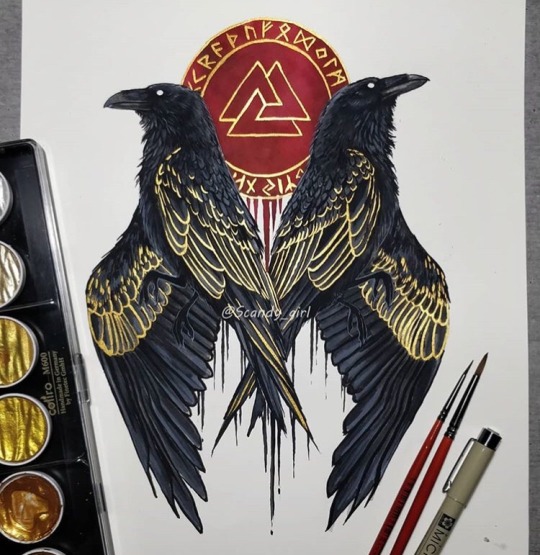
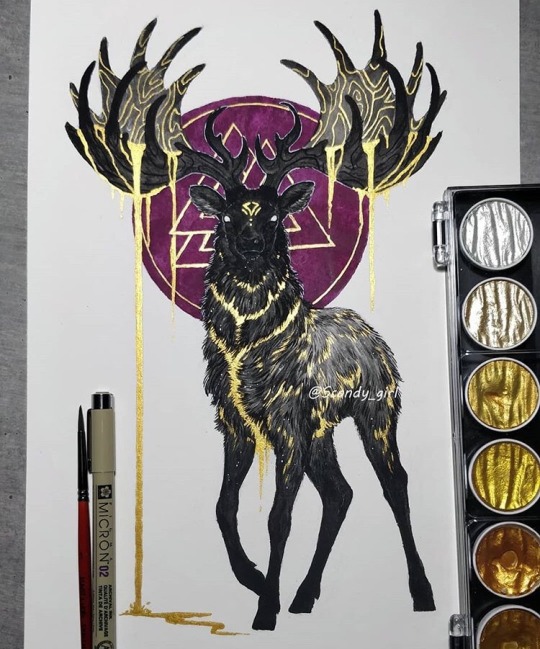
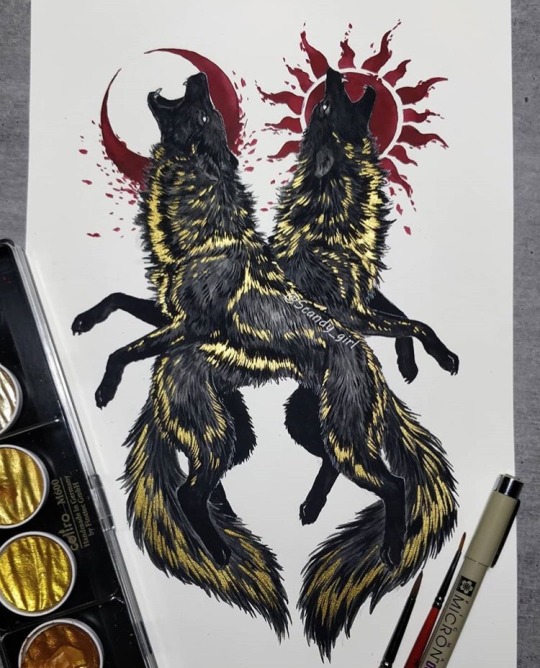
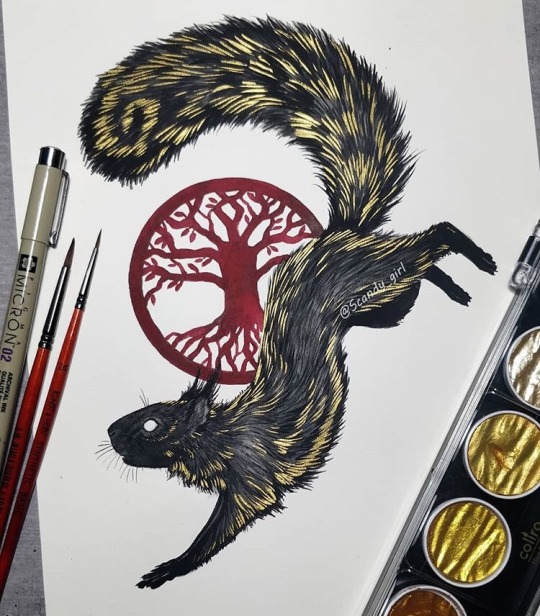
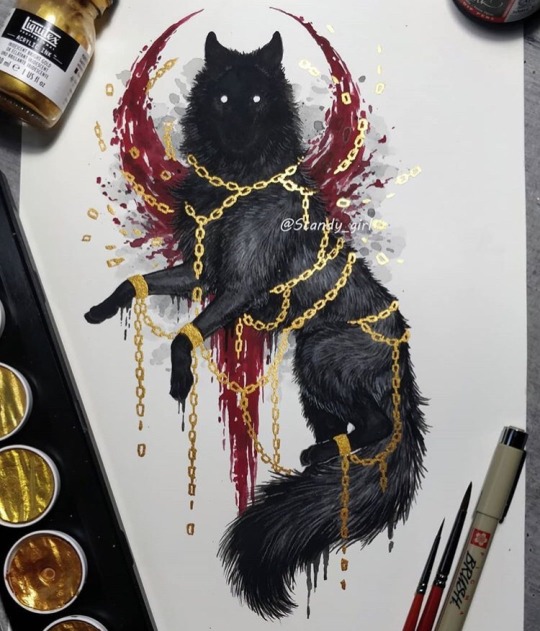
8K notes
·
View notes
Photo

This is the symbol of the “World Tree” for my headworld @ragnaroks-coming . <3 I really love how the final artwork looks. <3
1K notes
·
View notes
Text


Todays Inktober is a really quickly drawn Gullinbursti
227 notes
·
View notes
Photo

@inktober Day 12: Fáfnir, a dwarf with a powerful arm and fearless soul. He guards his father’s house of glittering gold and flashing gems. After being affected by a curse, Fafnir became a #dragon.
64 notes
·
View notes
Photo

Yggdrasil for inktober, thought I’d put it up over here too.
[Nazis not invited to reblog ever thanks] :)
584 notes
·
View notes
Photo
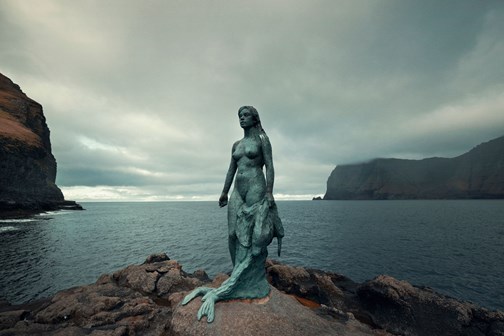
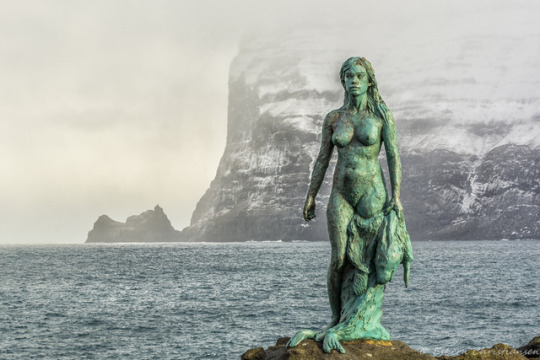

Kópakonan
Seal Woman or Selkie statue
Mikladalur, Faroe Islands
53K notes
·
View notes
Photo





illustrations from my senior project! my,, sweat and tears :’D
6K notes
·
View notes
Photo
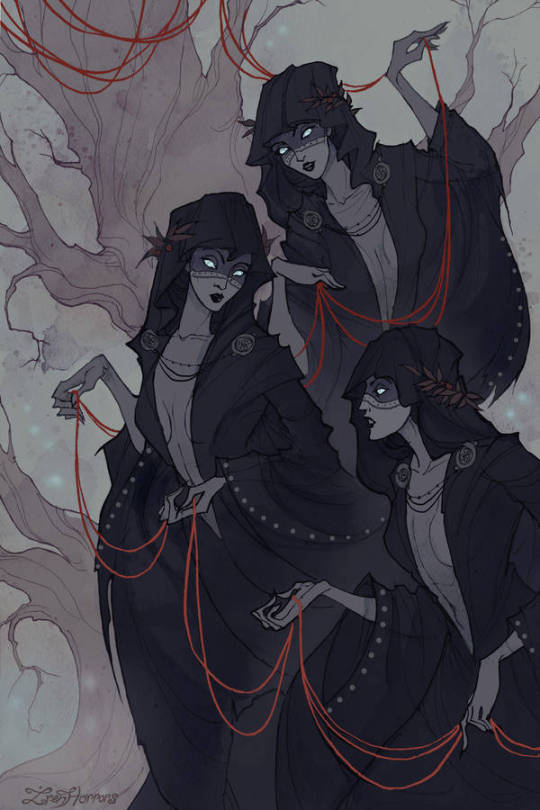
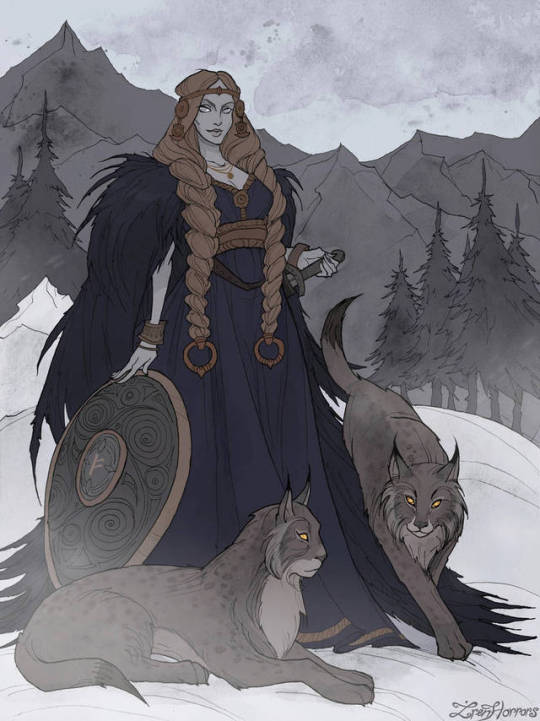
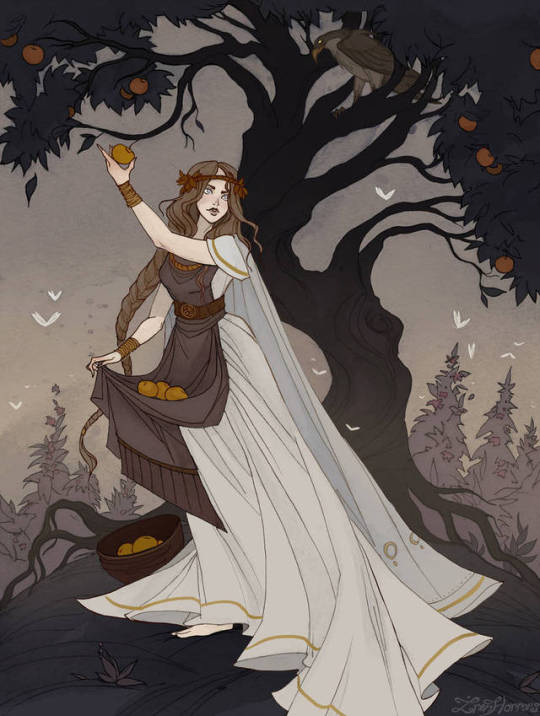
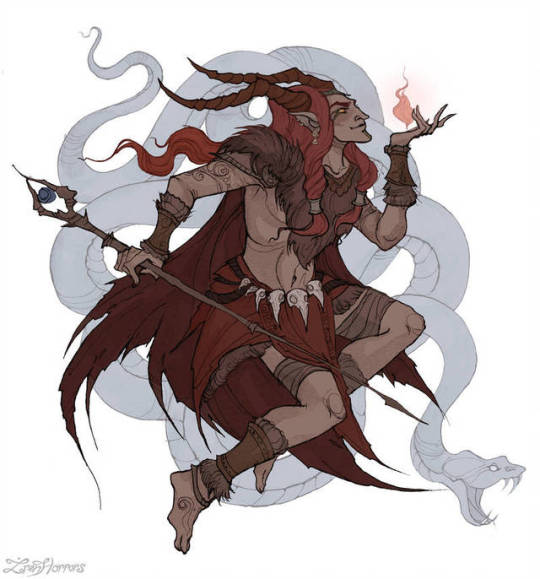
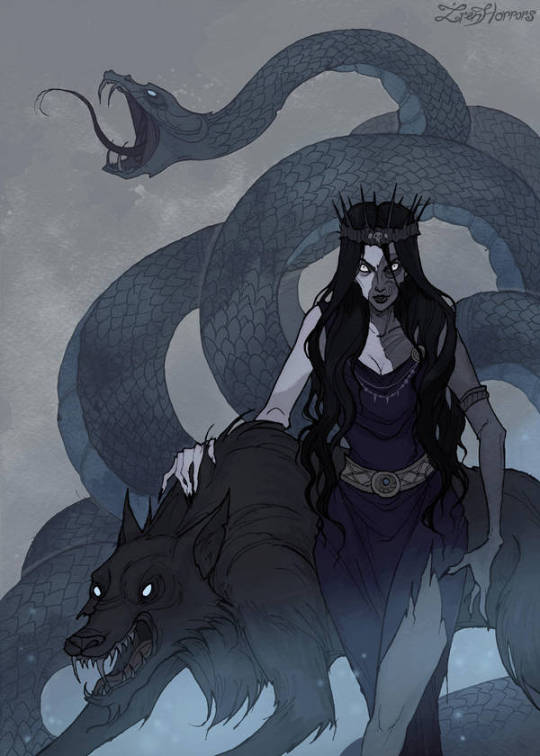
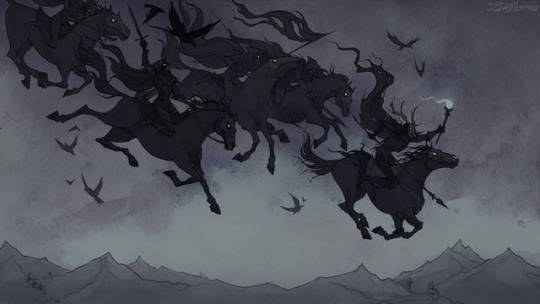
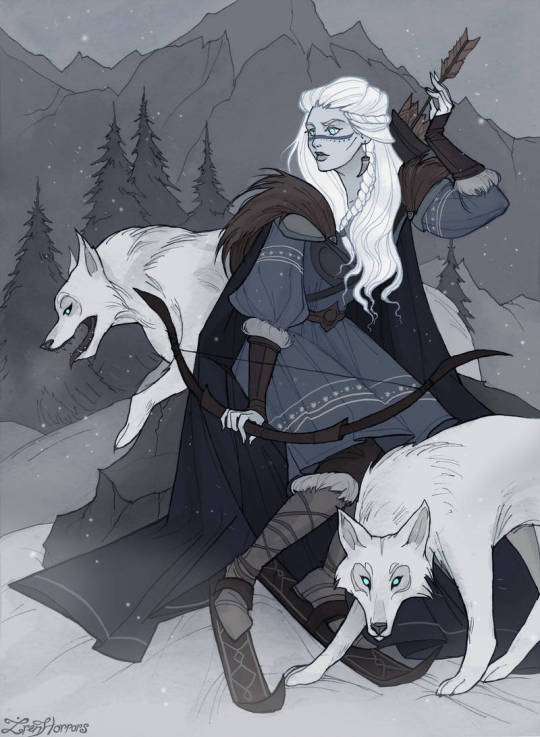
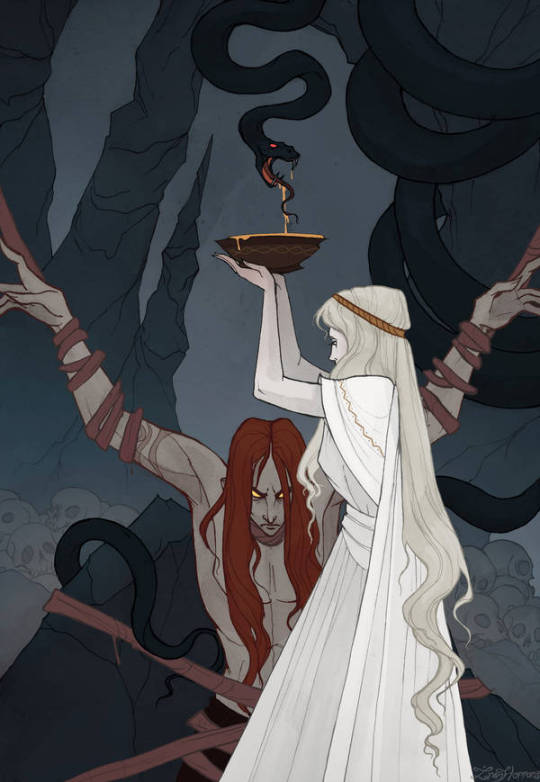
Ksenia Svincova has created some dark and fantastical artwork inspired by Norse Mythology.
Featured here: The Norns Freyja Idunn Loki Loki’s Children The Wild Hunt Skadi The Punishment Of Loki
14K notes
·
View notes
Note
How would you spell Loki in Elder Futhark? I have been thinking of getting a tattoo of it but cannot find anything but younger futhark.
Hi @rungr and thank you for the question.
The reason you will (correctly) find Loki written in Younger Futhark is that the Younger Futhark is the alphabet that corresponds to the words (in this example, Loki) of Old Norse from that specific time period.
So in simple terms, the runes must match the language. Otherwise it all becomes somewhat similar to trying to write Modern English words using an Ancient Latin alphabet (for example).
In theory, you have several options. One would be to translate “Loki” into the Proto-Old Norse version and then apply the correct Elder Futhark (Elder Futhark corresponds to Proto-Old Norse). The other would be the phonetic method (but I would caution against this as it may be a very loose approximation at best).
So at this point, I would suggest you ask @thorraborinn (or perhaps he will get the tag and answer directly) as he is fantastic with linguistics and far more well versed on this subject than I. Highly recommended that you follow his blog.
I hope that helps!
122 notes
·
View notes
Text
Culture is learned, not inherited. If anyone has any issue with anyone else taking an interest, learning and enjoying Norse Mythology or Norse Heathenry, tough luck. There are no gatekeepers, you do not get to decide.
- @hedendom
You know, the way we interpret/understand the past is always informed by modern views and personal experiences. This is History 101. There’s no such thing as ‘objective’ history because even our the authors of our primary sources were just as informed by their own views and experiences as we are today.
So…when this conversation inevitably happens in the Norse community:
Me: Anyone can learn and love Norse mythology. Why not let them practice it, too, if they want to? They don’t have to be Nordic, Germanic, or even European to learn and do the research. We should do that Norse thing Odin talked about so much and welcome strangers and wanderers into our Halls.
Some loud, angry bois in the back: OnLY TRUe™ EuROpeANs cAn Be VikINGs!!1!!
Me: Literally no medieval source says that. There wasn’t even a Viking rulebook. What made a person ‘Norse’ was the language they spoke and the place they called home. Even religion didn’t define them, since the Norse could be either pagan or Christian (or even odd mixtures of both).
Rage-baffled bois: But THeiR sKIn COLoRs ARe WRonG!11!!!
Me: Sure, most Norse were probably white…but there’s literally no source that says they had to be. Some Norse even have nicknames that suggest that they weren’t white, like Geirmundr heljarskinn.
Belaboring bois: EUrOpEAns ARe sO opPReSsD NoW! WE hAVe to SHarE oUR CULtuRe bUT CANt tAKe thINGs frOM OTheR culTURes!!1!!
Me: …
The problem here isn’t our source material, nor even the Norse themselves. The problem is that our interpretations of the past are colored by our modern views, and some people just have some downright distasteful ones.
Good historians (and responsible readers) do not impose their views onto primary sources by making/forcing claims that simply aren’t there. Since it’s impossible to interpret history objectively, though, it’s more appropriate to use our experiences as a way of reading an old text from a new perspective. In other words, our modern views and personal experiences should allow us to draw more from texts rather than imposing things onto them. That’s why we find ample evidence to support our interpretations instead of screaming angrily because suddenly history doesn’t align with some narrow, crude view of humanity.
3K notes
·
View notes
Photo
Snorre Sturlason is written in Norwegian as is all the other terminology (such as names of characters, “horg”, “hov��, etc...) in my post. Except for titles of the works, for which I have used the original norrønt (Old Norse). Regarding Hyndluljóð, if you read the original in norrønt, Ottar is not actually Hildsvin but rather Frøya DISGUISES Ottar as Hildsvin so the seeress, Hyndla, would teach him about his ancestry as a reward for his dedication to Frøya.
- @hedendom
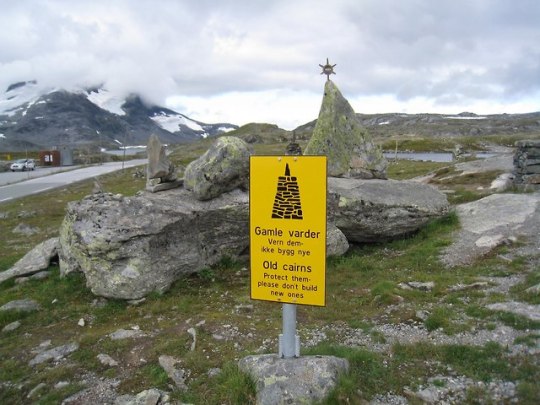
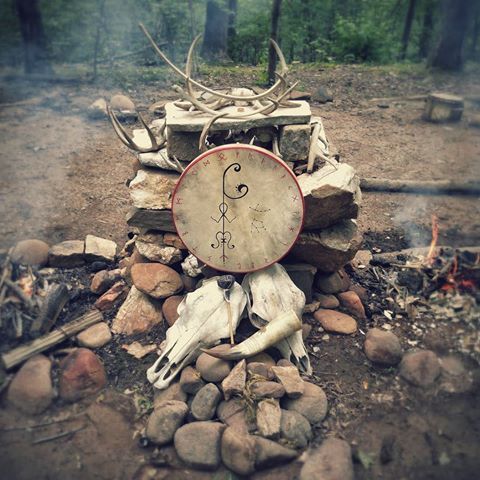
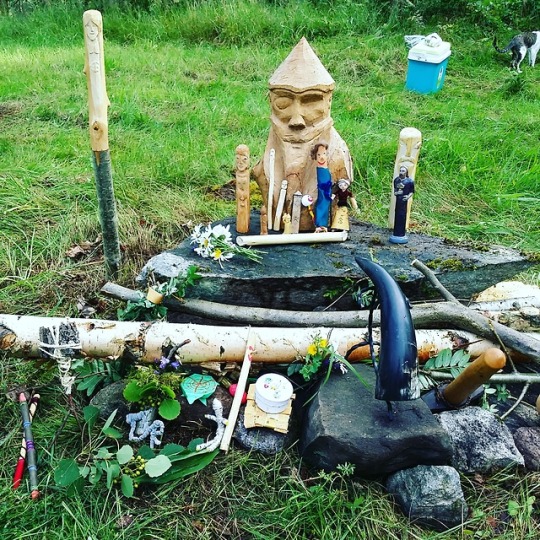

Horg
“þeir er hǫrg ok hof hátimbroðo” “Shrines and temples they timbered high” - Völuspá
A horg (Old Norse “hǫrgr”) is a sacrificial site or a form of altar in pre-Christian times in the Nordic countries and which roughly refers to a "stone pile".
In the poem Hyndluljóð, the goddess Frøya (Freyja) speaks favorably of Ottar (Óttar) for having worshiped her so faithfully by using a horg. Frøya details that the horg is constructed of a heap of stones and that Ottar often reddened these stones with sacrificial blood in dedication to her. Snorre Sturlason states that the horg is used in the veneration of the Åsynjene (female gods).
In the poem Vafþrúðnismál, it is also stated that many a horg and hov were dedicated to Njord (Njörðr).
A horg is considered different to a hov (from the Old Norse hof), commonly called a “temple”. A rough simplification is that horg were for outdoor rituals and hov for indoors worship.
Many modern heathens within Scandinavia use a stone set as a focal point for rituals conducted outdoors to this day.
3K notes
·
View notes
Text






Niflheim or Niflheimr was one of the nine worlds of Norse Mythology. Literally translates as ‘Home of Mists’ and it is a primordial land of ice and cold. When the cold of Niflheim mixed with the heat of Muspelheim, they gave rise to the first creature, Ymir.
215 notes
·
View notes
Text




My own version of Garm (or Garmr) , a canine of the Norse Mythology :)
90 notes
·
View notes
Photo

Hel Goddess of Death, she paints her body to hide her rotten flesh
126 notes
·
View notes
Photo





Oooh is this some mythology project that’s coming very soon with the very talented @surikane and @jeananasartblog ?? Yes it is. And a kickstarter with every other informations coming soon ?? Yes again.
Time to illustrate some good norse mythology, and make a book out of it. Odin here is first, but which one would you like to see illustrated ? : )
1K notes
·
View notes
Photo




Monthly monster: Nidhögg around yggdrasil roots in Asgard, Helheim and Jötunheimr ♥
1K notes
·
View notes

